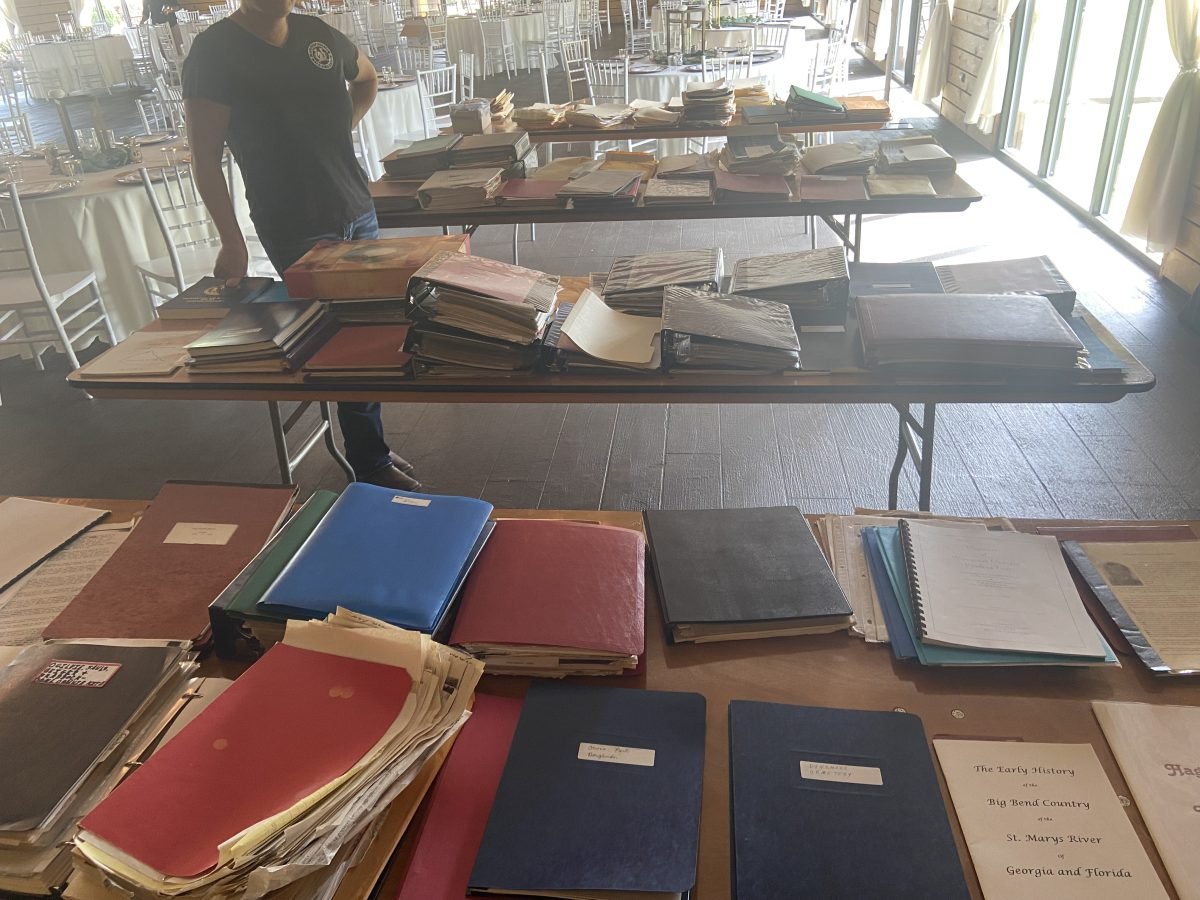Labeling and Dating Your Genealogy Materials for Enhanced Accessibility
With your genealogy materials sorted and categorized, the next crucial step is to label and date each document and record. Proper labeling and dating not only make it easier to find and understand the information in the future, but also ensure that your family history remains organized and accessible. In this article, we’ll guide you through the process of effectively labeling and dating your genealogy materials, helping you create a clear and navigable archive of your family’s past.
Choose the right tools:
To preserve the integrity of your documents, it’s essential to use archival-safe pens or pencils when labeling and dating. These writing tools are specifically designed to minimize damage to delicate documents over time. Avoid using regular ink pens, highlighters, or adhesive labels, as these can cause irreversible damage.
Develop a consistent labeling system:
Create a uniform labeling system to ensure that your labels are clear, concise, and easily understood. Establish a standard format for recording names, dates, and relationships on your documents and records. Consistency is key, as it allows for easy navigation and interpretation of your materials.
Example labeling format:
Full Name (Surname, Given Name)
Date (YYYY-MM-DD)
Relationship (e.g., Father, Mother, Spouse, Child)
Identify key information:
Examine each document and record to pinpoint the essential names, dates, and relationships associated with the information. If this information is not readily apparent, use your genealogy research skills and other resources to fill in any gaps.
Label documents and records:
Label each document and record clearly and legibly, adhering to your established labeling system. Write the information in an area that does not obscure any critical details, such as the margins or on the back of the document. Be gentle when writing to avoid causing damage.
Date your documents:
In addition to labeling names and relationships, ensure that each document or record is dated. This may include the date the document was created, an event date (such as a birth or marriage), or both. Use a consistent date format, such as the international standard YYYY-MM-DD, to avoid confusion.
Label containers and subfolders:
In alignment with your overall organizational system, label the folders, binders, or other containers that house your documents and records. This will make it easier to locate and access specific materials in the future.
Refer to your previously created reference guide:
As you label and date your documents and records, refer to the reference guide you created in the earlier stage of organizing your genealogy materials. This guide will help ensure consistency throughout your genealogy project, as it contains examples of the proper format for names, dates, and relationships, as well as any other pertinent information.
Periodically review and update:
As your genealogy research progresses, you may discover new information or identify errors in your labels and dates. Periodically review and update your materials to ensure accuracy and consistency, making any necessary corrections or additions.
Effectively labeling and dating your genealogy materials is essential for maintaining a well-organized and accessible family history archive. By developing a consistent system and diligently identifying and recording key information, you’ll create a valuable resource that simplifies your research and enhances your understanding of your family’s past. With your ancestral archives labeled and dated, you’ll be well-prepared to navigate and appreciate your family’s unique journey through history.

